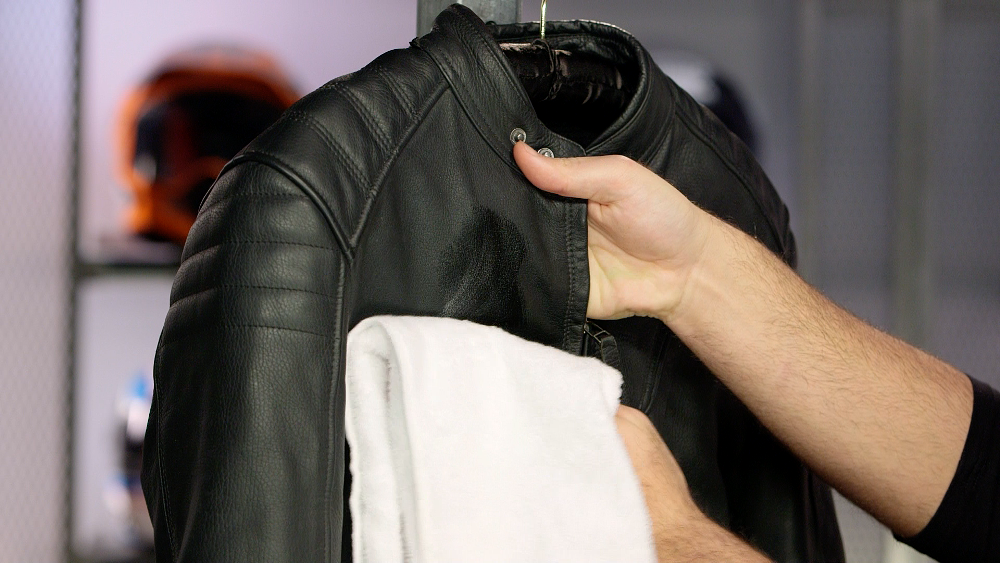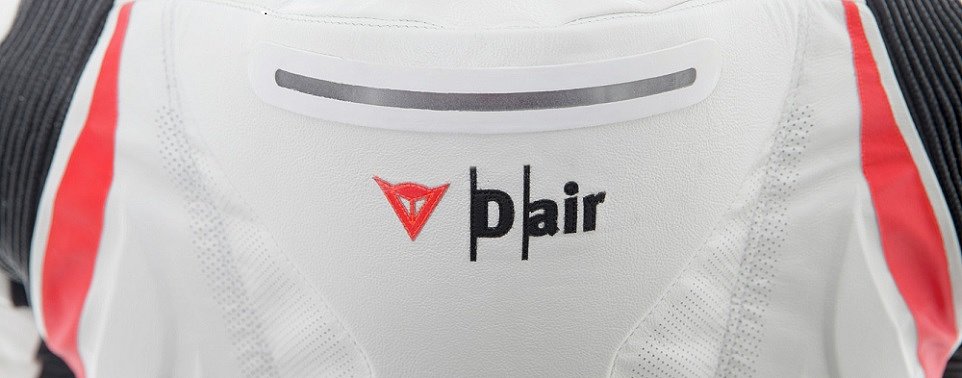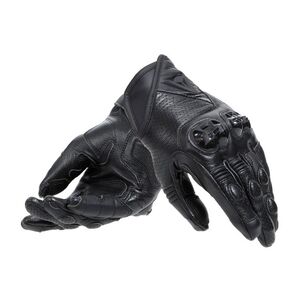Crashes, they happen. The whole event can be rather painful, both literally and figuratively. Dealing with the aftermath equally so.
Some of that figurative pain is the financial cost. You've probably invested a lot of money in your track-day suit — even more if you needed customization. If the suit has an integrated air bag, that's another consideration, as the system needs to be recharged and checked.
I had some damage to my Dainese Misano 2 D-Air perforated suit from a minor track day crash. Did that mean my $2,799.95 suit was a complete write-off? Not necessarily, as Dainese North America offers a restoration and repair service. Dainese invited me into their facility for a behind-the-scenes look at what this process entails.
Step 1: Assessing the damage
If you are a Dainese customer looking to restore your suit, the process begins by making contact with Dainese North America by e-mail at AFTERSALES@DAINESE.COM. Your e-mail should include photos of damage to the suit, a brief description of the damage and any helpful information about how the damage occurred, and your basic contact information. Dainese will then respond with shipping instructions.

Once Dainese has received the suit and assessed it, the customer will be sent an estimate for the work to be done. It is worth noting that Dainese offers three levels of restoration:
- Full Restoration: Suit is cosmetically and structurally returned to as close to brand-new condition as possible
- Semi Restoration: Suit is structurally repaired to provide the maximum amount of safety, but customer waives cosmetic fixes for cost savings
- Minimal Restoration: Suit is only repaired where absolutely required, no cosmetic repair, and extensive rash damage is visible
This way the customer does have some wiggle room in the budget, depending on how extensive the repair work is. Once the customer approves of the repair bill, the hard work can begin.

Step 2: Disassembly and cleaning
For any Dainese D-Air product coming in for servicing, the first matter of business is removing the D-Air system from the garment. The D-Air system is independently inspected for any damage and fully restored and refreshed to be added back into the suit after the leather repairs.

With the fancy electronics removed, the leather garment is now ready for a critical step most of us often overlook — a good cleaning. Dainese’s leatherworks technician Carla stressed to me the importance of cleaning a leather suit. She has seen many suits come in that likely have never been cleaned, and because of this the life of that leather can be severely diminished by the lack of care. Carla recommends that all riders clean their inner mesh liner and the leather of the suit a minimum of once a year, and more than that if you sweat profusely in your suit often. For some tips on how to clean your leather riding gear, check out our how to guide on leather cleaning.

For garments sent in for restoration services, Dainese uses a deep-cleaning process to fully refresh the leather and condition it so it is as close to original condition as possible. Once the suit is fully clean, Carla can get to work repairing the damages.
Step 3: Leatherworks
Carla is an expert at leatherworks, and has a long career of sewing for even the top MotoGP racers on the grid. She travels to Dainese headquarters in Italy at least once a year to train and keep her leathercraft at the top of its game. Here at Dainese North America, she handles all of the Dainese-sponsored MotoAmerica racers’ needs and then of course any customer work that comes in. Suffice it to say, she is a very busy woman with lots of suits to repair.
The most common repair she sees is abrasion damage on the forearms and on the knee and thigh areas. If Carla is doing a semi or minimal restoration, she will only replace panels that are functionally compromised. If she is doing a full restoration she will replace all panels that show any wear and she will also replace any metal sliders that show wear, as well.
Carla has a large selection of leathers and materials at her disposal, so most suits can be repaired fairly quickly, but sometimes there can be a delay if a certain leather piece or slider needs to be special ordered from Italy. As of late, supply chain issues can really slow down an order.
Step 4: Reassembly and return to customer
Once Carla has completed leather repairs, the suit is refitted with the D-Air system and both the suit and D-Air system go through a checklist to determine quality control and operation before shipping back to the customer. Carla has years of experience and training to make sure her work is always in compliance, but nonetheless Dainese also runs a quality control evaluation with another set of eyes to doublecheck her work. This QC checklist includes:
- Review all panels replaced to ensure they are correctly installed
- Look for any loose or questionable seams
- Ensure all protection has been installed correctly
- D-Air equipped garments are run through testing software to ensure that all the sensors are calibrated, and that the system will perform as intended
In the instance of my Dainese D-Air Misano Lady suit, here are the repairs that were made:

Upper forearm leather panel replacement. Take note that these localized perforation panels need to be specially made with an ISO Perf Laser machine that is located in Italy, so Carla will either have common panels already in stock or she will need to special order these perforated panels from Italy.

Upper thigh leather panel replacement. Yes, Carla re-sews every letter of that Dainese logo back on with meticulous care.

Shoulder metal slider replacement. Remember that customers can opt out to save a few dollars if they don’t mind that rashed slider staying on.

Knee metal slider replacement.
This repair took Dainese North America about six hours and was completed in one business day. The step-by-step process for my suit’s particular needs looked as such:
- Removing the electronics and airbag
- Cleaning and prepping the suit for repair
- Disassembling the suit to isolate the areas that needed replacement
- Creating the replacement pieces in-house if possible, or ordering in from Italy
- Reassembly of the garment
- Installation of Electronics and Air Shield
- Testing D-AIR
- Final QC
Now while that is a fast turnaround, keep in mind more extensive damages will take longer to repair and may require some specially made leather panels or parts from Italy, which would also extend the timeline. Also, the speed of the repairs will depend on how full the queue is.
Is it better to repair or replace?
As far as costs go, the specific repairs done to my suit cost around $580. Considering the Dainese Misano 2 D-Air lady suit retails for $2,799.95, the repair bill is obviously cheaper than a full replacement and worth the investment. Naturally, any Dainese Custom Works customer with a fully tailored suit will also want to spring for this restoration in the event of damage, as the suit is bespoke and tailored just for them.
What about for Dainese customers with jackets or pants for repair? It will be wholly dependent on the extent of damage of course, but judging by the pricing seen here it might make more sense to just buy a new jacket or pants in some cases, unless there is a sentimental attachment involved. As for a less expensive, non-D-Air leather racing suit, it could go either way. The extent of damage involved will be the deciding factor if the repair would be worth the effort and expense.
What the estimates won’t tell you is the amount of care and personal touch that the restoration process involves. Carla, Curtis, Bobby, and the rest of the team at Dainese North America were very passionate when talking about the restoration process and the design of their products. They take enormous pride in what they do and their restored pieces reflect that. Dainese may have a reputation for being pricey, but after this tour I can say that you surely get what you pay for — and that is quality.




















